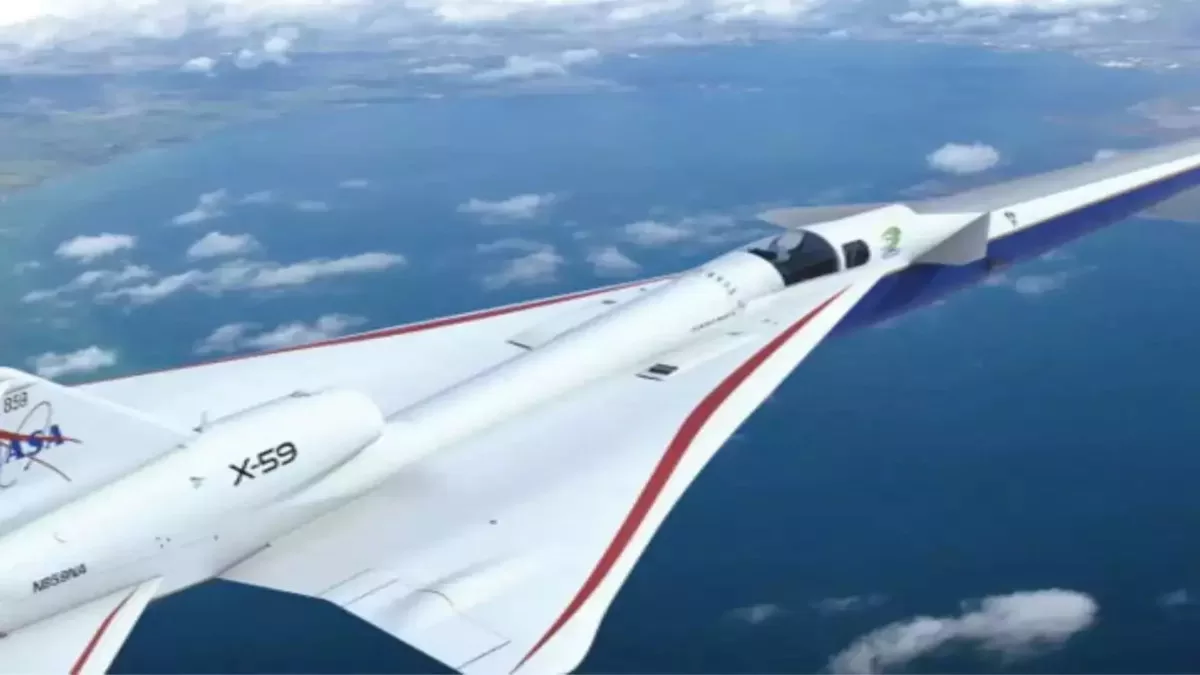NASA’s suborbital flights to change the future of travel; soon, travel to any corner of the Earth in just 2 hours!, World – Times of India Travel
In the quest to explore the skies and beyond, NASA, the National Aeronautics and Space Administration, has been at the forefront of cutting-edge innovations. Among their latest breakthroughs is the development of suborbital flights, a revolutionary technology that has the potential to redefine travel as we know it. Imagine reaching any destination on Earth in just two hours! In this article, we’ll delve into the fascinating world of NASA’s suborbital flights, exploring how they work, their benefits, and the potential impact they may have on the future of transportation.
1. The Dawn of Suborbital Flights
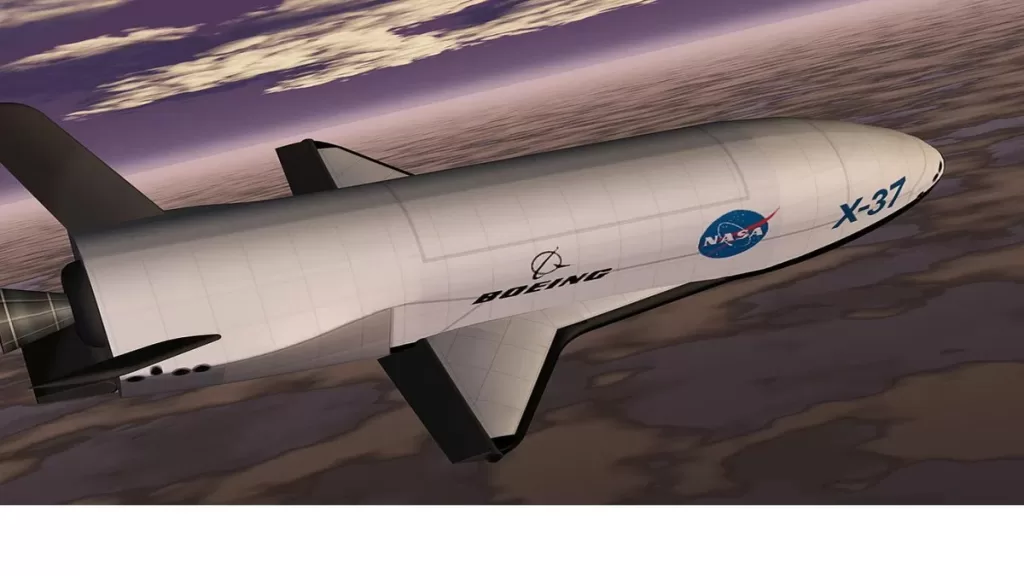
Suborbital flights are a type of spaceflight that doesn’t reach the Earth’s orbit but ventures beyond the atmosphere, allowing passengers to experience a brief period of weightlessness and witness breathtaking views of our planet from the edge of space. NASA has been working tirelessly to perfect this technology, and their advancements have the potential to revolutionize not only space exploration but also long-distance travel on Earth.
The X-59 ‘Son of Concorde’
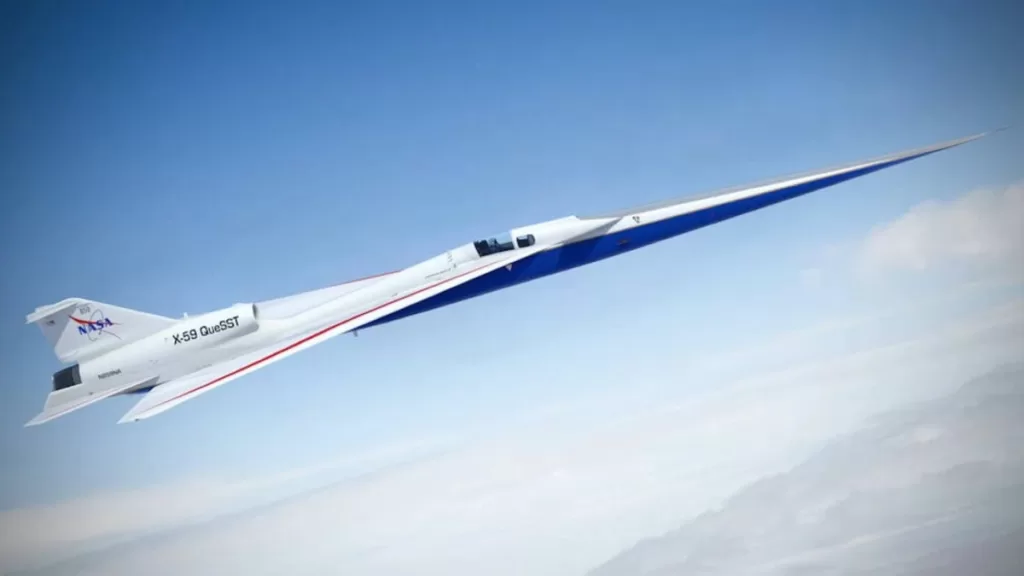
The X-59, NASA’s successor to the Concorde, may be smaller and slower, with a speed of approximately 1,500 kilometers per hour. Nonetheless, it aims to reduce travel time from New York to London by about 3 hours and 30 minutes. Excitingly, the British Civil Aviation Authority (CAA) is conducting groundbreaking experiments to enhance travel speed further. These developments might enable travelers to reach distant locations like Sydney from London in less than 2 hours, a significant improvement over the current 22-hour journey. These cutting-edge flights are being referred to as suborbital flights by experts.
2. How Do Suborbital Flights Work?
At the core of NASA’s suborbital flight technology are advanced spaceplanes equipped with powerful engines. These spaceplanes take off like traditional airplanes, but once they reach a certain altitude, their engines kick into high gear, propelling them to the edge of space at incredible speeds. During this ascent, passengers will experience a few minutes of weightlessness, akin to the sensation astronauts encounter in orbit.
3. The Advantages of Suborbital Travel
3.1 Speed and Efficiency
One of the most significant advantages of suborbital flights is the unprecedented speed they offer. Traditional air travel can be time-consuming, especially for long-haul journeys. However, with suborbital flights, a trip that used to take half a day or more can be completed in just a couple of hours. This time-saving aspect could make suborbital travel the preferred choice for business travelers and those seeking to explore the world quickly.
3.2 Environmental Benefits
Surprisingly, suborbital flights could also have environmental benefits. By reaching higher altitudes and achieving greater speeds, these flights may consume less fuel per passenger compared to conventional airplanes. This reduction in fuel consumption could potentially lead to a decrease in greenhouse gas emissions, contributing to a greener and more sustainable mode of travel.
4. The Challenges of Suborbital Flights
While the prospect of suborbital flights is exciting, there are significant challenges that NASA and other aerospace companies must overcome to make this technology a reality for the general public.
4.1 Cost
At its current stage of development, suborbital travel remains an expensive endeavor. The cutting-edge technology required to propel passengers to the edge of space demands substantial investment, making tickets prohibitively expensive for most travelers. However, as the technology advances and becomes more mainstream, it is hoped that costs will decrease, opening up this new frontier to a broader audience.
4.2 Safety
Safety is of utmost concern when it comes to space travel. While NASA and other space agencies have a remarkable safety track record, suborbital flights introduce new challenges. Ensuring the well-being of passengers during the brief periods of weightlessness and high-speed ascent requires rigorous testing and preparation.
5. The Future of Suborbital Travel
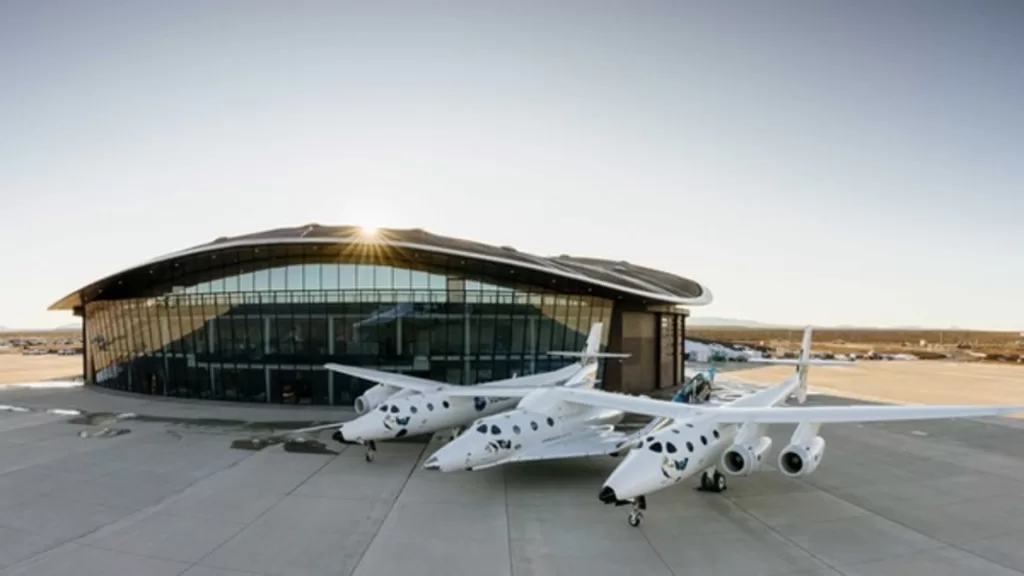
Suborbital Flights: A Glimpse of the Future
Suborbital flights draw inspiration from rockets used by Jeff Bezos’ Blue Origin and Richard Branson’s Virgin Galactic jet program. With speeds reaching an astounding 3,500 miles or 5,632 kilometers per hour, these flights offer unprecedented time-saving opportunities.
For instance, imagine traveling from New York to Shanghai in just 39 minutes, dramatically reducing the current 15-hour journey. Similarly, a trip from New York to London could be accomplished in less than an hour. The potential of suborbital flights to reach any location on Earth within a mere 2 hours opens up exciting possibilities for global travel and commerce.
The Supersonic Pursuit
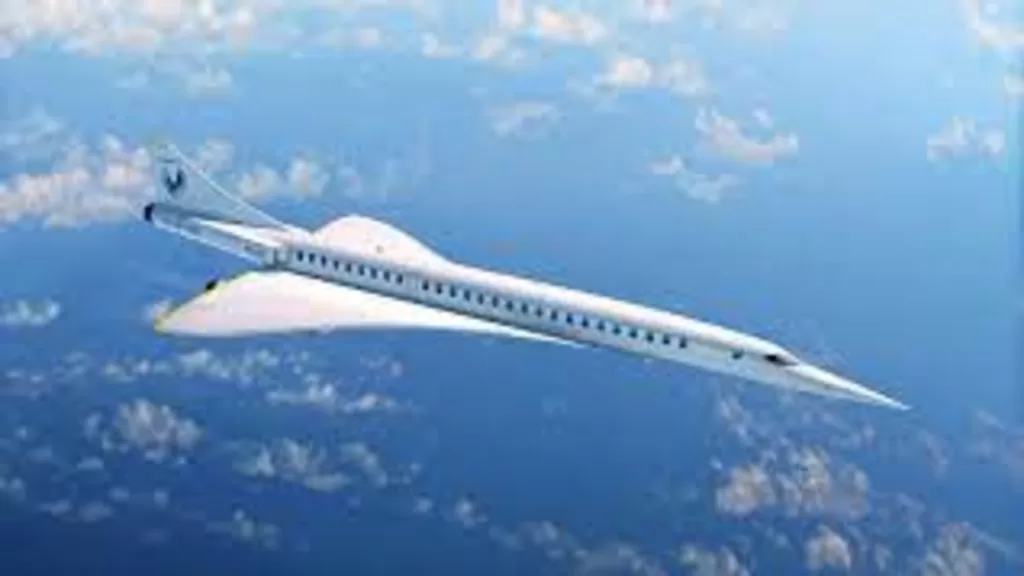
The race for supersonic flights is heating up as entrepreneurs, including Elon Musk, set their sights on the future of space tourism. SpaceX unveiled its ambitious plans for the Starship rocket back in 2020, aiming to transport 100 passengers between continents in under an hour.
Not to be left behind, a Chinese company recently announced the testing of its winged rocket, with the inaugural crewed flight scheduled for 2024. The Tianxing I spacecraft, launched in 2018, already has the capability to travel approximately 4,300 miles in just about an hour.
Despite the challenges, the future looks promising for suborbital flights. As technology continues to evolve, the cost of space travel is expected to decrease, allowing more people to experience the thrill of venturing beyond our planet’s boundaries. Moreover, the environmental benefits could drive a shift towards more sustainable travel options, aligning with the global efforts to combat climate change.
6. Conclusion
NASA’s suborbital flights have the potential to redefine travel by offering unparalleled speed and a unique experience that transcends the boundaries of Earth. While challenges remain, the advancements made in this field are nothing short of extraordinary. As we look to the future, it’s not hard to imagine a world where suborbital flights become a common mode of transportation, connecting people across the globe in a matter of hours. The sky is no longer the limit; it’s the beginning of a new era in human travel.
The world is witnessing a revival of supersonic travel with cutting-edge aircraft and rockets promising to revolutionize the way we traverse the globe. From the X-59 ‘Son of Concorde’ to suborbital flights and ambitious space tourism plans, speed and efficiency are at the forefront of the future of travel.
#SupersonicTravel #ConcordeSuccessor #SuborbitalFlights #SpaceTourism #AviationInnovation”
FAQs {#faqs}
Are suborbital flights safe for passengers?
Suborbital flights are built with advanced safety measures to ensure passenger well-being. Like any form of travel, there are inherent risks, but the industry prioritizes safety.
How much will supersonic travel cost?
While exact pricing is yet to be determined, early indications suggest that supersonic travel will be premium-priced, at least initially.
What are the environmental implications of supersonic flights?
Supersonic flights do have environmental considerations, such as increased fuel consumption. However, the industry is actively exploring ways to minimize its ecological impact.
Can anyone become a passenger on suborbital flights?
Suborbital flights are expected to be open to the public, but certain health and physical requirements may apply due to the unique conditions of space travel.
When can we expect to see supersonic flights become a reality?
The timeline for widespread supersonic travel is still uncertain, but ongoing developments suggest that it may become a reality within the next decade.
